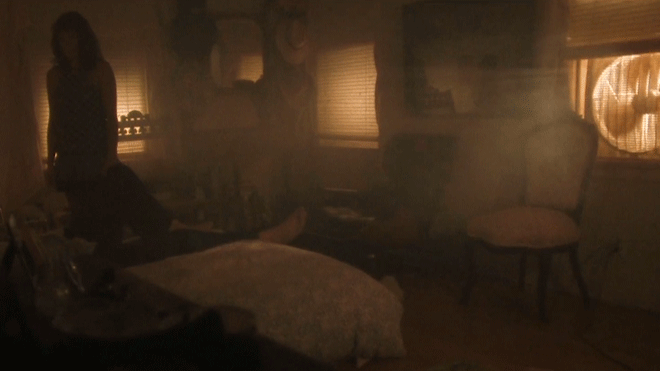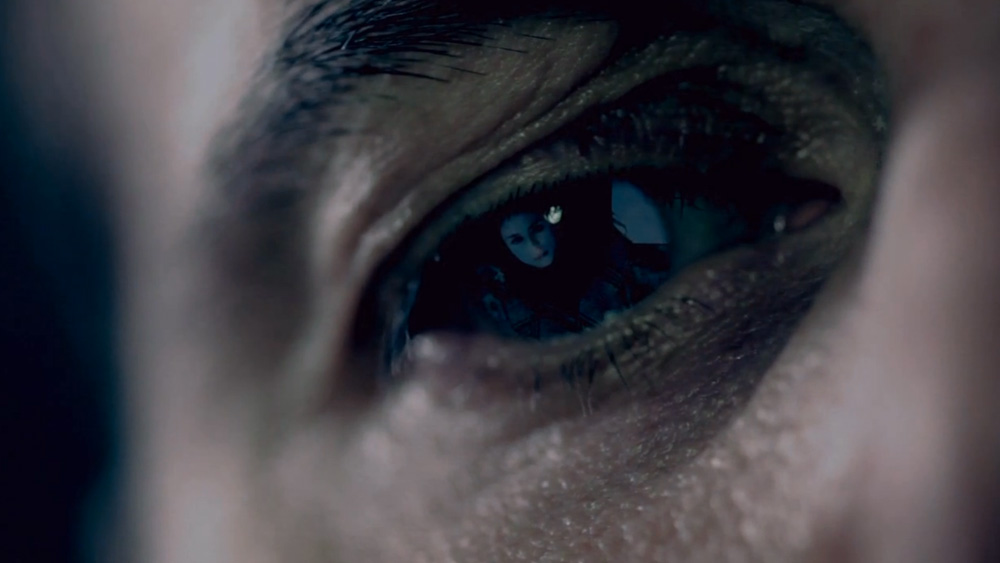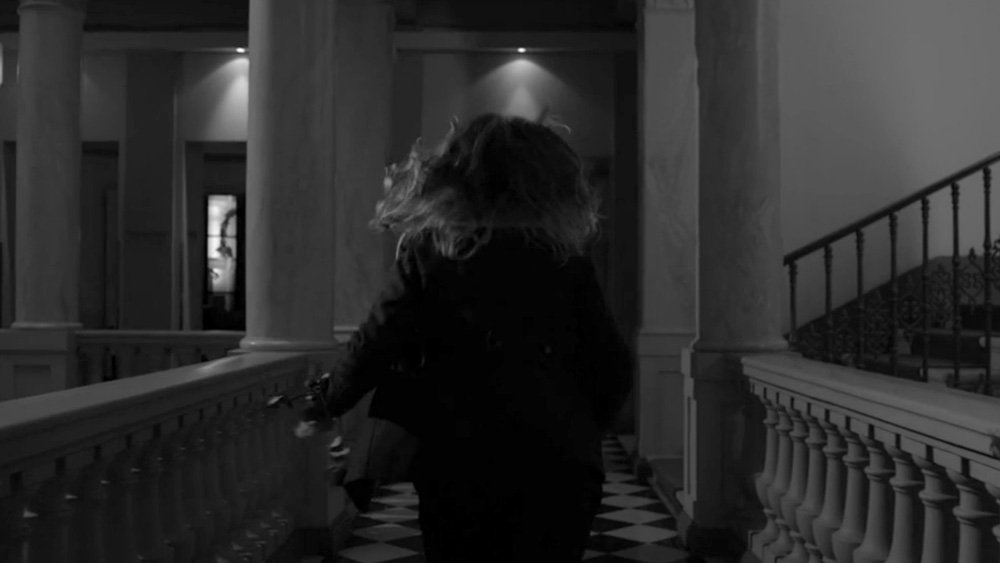A wandering pilgrim encounters a stranger while searching for a fabled monastery.
Maazin Kamal wanted to make a film that challenged viewers to interpret a story symbolically, in much the same way religious parables uses symbolism and purposeful ambiguity to map cosmic conundrums onto their human characters. The initial idea sprang from his curiosity about Cain’s fate after the murder of Abel and how ambiguous the Bible is about it. The reference from the Bible that opens the film is, for example, “Then Cain went out from the presence of the Lord, and dwelt in the land of Nod, on the east of Eden.”
The first draft of the script read like a fictional aftermath of the murder, one that continued Cain’s story beyond its biblical end. But the story became less literal and more lyrical in production and post. The story was reformed during the edit – we cut unnecessary dialogue and allowed the silences to speak and gather significance. The film began to transform into a kind of visual poem – interested in evoking a feeling rather than adhering to a strict narrative or plot. During this process, I also began to struggle with the scripted ending of the film. In that version, the worldview of the stranger in the woods, that there is no redemption for sin and that hope is futile, prevails over the wandering pilgrim. This was a pretty bleak worldview, and I was becoming unsatisfied with it.
Filmmakers don’t often reshape their original ideas so late the game, but the end result here is very rewarding. Given the film’s direct link to the well-known biblical tale, we salute Maazin and his team for exploring new ways to understand it, and branch off from it.
I was taking a break from editing when I came upon a memoir, quite by chance, called Darkness Visible by William Styron. It chronicled the author’s experiences with a crippling depression. I was struck by the way Styron chose to bookend his memoir. It opens with an epigraph from Dante’s Inferno: ”In the middle of the journey of my life, I found myself in a dark wood, for I had lost the right path”. Styron then details his harrowing battle with depression—a battle that almost took his life—before ending the book with a second quote, also from Dante’s Inferno, that referenced his eventual triumph over the affliction: ”and so we came forth, and once again beheld the stars.”
Reading Styron’s memoir when I did felt like a strange kind of happenstance, because both the epigraph and the postscript perfectly encapsulated the story in the film, down to the eerily similar final line of spoken dialog uttered by the wandering pilgrim. I realised that the ending needed to point the compass in a more hopeful direction because the characters, like all of us, deserved a chance at reaching for that sliver of hope on the horizon, no matter how elusive.
Written and Directed by Maazin Kamal, Produced by Andrew Schwartz, Starring Ronnie Clark, Joe Haege and Laura Lenee, Cinematography by Vadim Aynbinder, Edited by Jonathan Converse and Maazin Kamal, Production Design by Joshua Samson and Clarissa Brillembourg, Original Music by Kevin Verwijmeren. This film was made with the support of the American Film Institute Conservatory.




